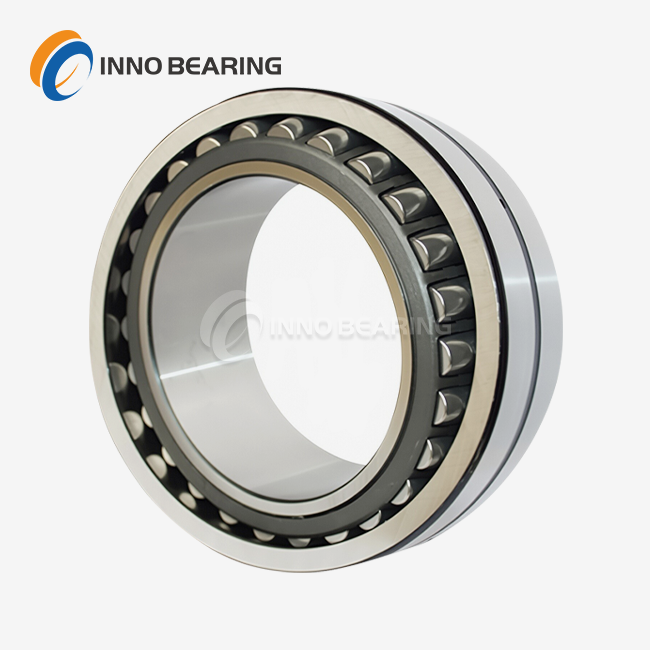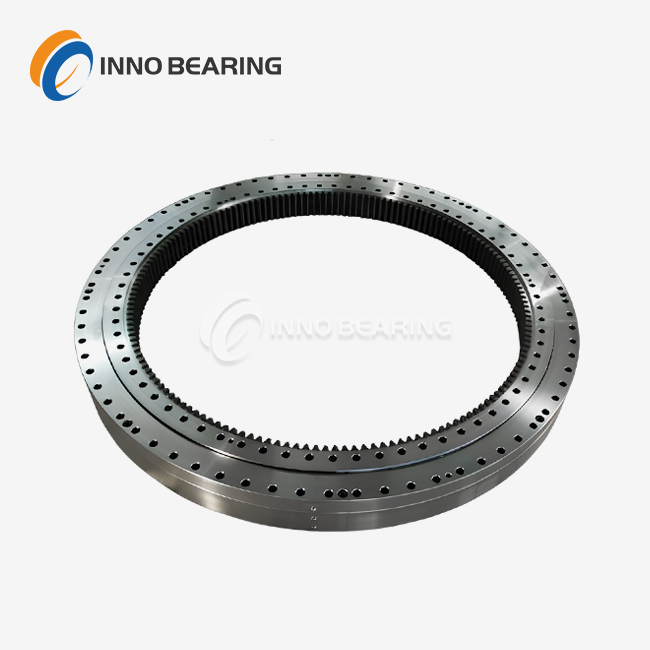- English
- French
- German
- Portuguese
- Spanish
- Russian
- Japanese
- Korean
- Arabic
- Greek
- German
- Turkish
- Italian
- Danish
- Romanian
- Indonesian
- Czech
- Afrikaans
- Swedish
- Polish
- Basque
- Catalan
- Esperanto
- Hindi
- Lao
- Albanian
- Amharic
- Armenian
- Azerbaijani
- Belarusian
- Bengali
- Bosnian
- Bulgarian
- Cebuano
- Chichewa
- Corsican
- Croatian
- Dutch
- Estonian
- Filipino
- Finnish
- Frisian
- Galician
- Georgian
- Gujarati
- Haitian
- Hausa
- Hawaiian
- Hebrew
- Hmong
- Hungarian
- Icelandic
- Igbo
- Javanese
- Kannada
- Kazakh
- Khmer
- Kurdish
- Kyrgyz
- Latin
- Latvian
- Lithuanian
- Luxembou..
- Macedonian
- Malagasy
- Malay
- Malayalam
- Maltese
- Maori
- Marathi
- Mongolian
- Burmese
- Nepali
- Norwegian
- Pashto
- Persian
- Punjabi
- Serbian
- Sesotho
- Sinhala
- Slovak
- Slovenian
- Somali
- Samoan
- Scots Gaelic
- Shona
- Sindhi
- Sundanese
- Swahili
- Tajik
- Tamil
- Telugu
- Thai
- Ukrainian
- Urdu
- Uzbek
- Vietnamese
- Welsh
- Xhosa
- Yiddish
- Yoruba
- Zulu
How Does a Digger Slewing Ring Work?
A digger slewing ring, often called an excavator slewing bearing, is the critical component that allows the machine's upper structure to rotate 360 degrees on its undercarriage. Think of it as a giant, robust turntable. It works by using two concentric steel rings - one fixed to the excavator's tracks and the other to the cab, engine, and arm assembly. Between these rings are rolling elements, like steel balls or rollers, which drastically reduce friction. A motor-driven pinion gear engages with teeth on one of the rings, providing the rotational force. This entire assembly not only facilitates smooth movement but also bears the immense weight, tipping forces, and side impacts the excavator endures during operation.
The Core Anatomy of a Digger Slew Ring
Inner and Outer Rings: The Structural Foundation
The foundation of any digger slew ring is its pair of large-diameter, thick-walled rings. One ring, typically the inner one, is bolted securely to the excavator's stationary undercarriage. The other ring, usually the outer one, is attached to the rotating upper structure. These rings are the backbone, tasked with transferring all the operational loads. They are manufactured from high-strength steels like 50Mn or 42CrMo to resist deformation and fatigue under constant, heavy use. Precision-machined raceways are cut into the rings to guide the rolling elements, ensuring smooth and controlled rotation. The presence of countersunk mounting holes is a key design feature, allowing for the use of high-strength bolts that secure the entire assembly.
Rolling Elements: The Heart of Motion
Nestled between the inner and outer rings are the rolling elements - the true heart of the bearing's low-friction movement. Depending on the design and load requirements, these can be either steel balls or cylindrical rollers. For medium to large excavators (6 - 30 tons), double-row ball or roller designs are common to handle the combination of high axial, radial, and moment loads. These elements are typically made from GCr15 bearing steel, a material known for its hardness and wear resistance. For applications involving severe impacts, such as in mining, an upgraded material like GCr15SiMn may be used to provide enhanced impact resistance. These rolling elements are what allow a multi-ton superstructure to pivot with minimal effort.
Gears and Seals: Power and Protection
Rotation isn't magic; it's powered by a gear system. Most excavator slew rings feature gear teeth machined directly onto the circumference of either the inner or outer ring. A small, powerful pinion gear, driven by a hydraulic or electric motor in the excavator's superstructure, meshes with these teeth. As the pinion turns, it drives the ring, causing the entire upper half of the machine to slew. Just as important as the drive mechanism is the protection system. High-quality metal skeleton seals are fitted to the bearing. These seals have a dual purpose: they keep essential grease and lubricants inside the raceways and, crucially, they prevent abrasive contaminants like dust, water, and sediment from getting in. This protection is vital for preventing premature wear, especially in the harsh conditions of construction sites and mines.
The Physics in Action: How Forces are Managed?
Bearing Axial and Radial Loads
Two primary forces are constantly at play: axial and radial loads. The axial load is the vertical force, primarily the immense weight of the excavator's entire upper structure, including the cab, engine, counterweight, boom, and arm. The slewing bearing supports this massive weight, transferring it down to the undercarriage. The radial load is the horizontal or side-to-side force, which occurs during slewing, traveling on uneven ground, or when pushing material from the side. The deep groove raceways and robust rolling elements within the bearing are designed to manage these forces simultaneously, preventing the upper and lower halves of the machine from shifting or separating.
The Critical Role of Moment Load Capacity
Perhaps the most critical force a digger slew ring must handle is the moment load. This is the tilting or overturning force that occurs when the excavator arm is extended, especially when lifting a heavy load. Imagine the arm as a long lever; the further it extends, the greater the tipping force exerted on the bearing. This "anti-overturning moment" capacity is a key performance indicator. High-quality excavator slewing bearings, with their large diameter and double-row roller or ball design, create a wide, stable base that effectively counteracts this force. The integrity of the bearing directly translates to the operator's safety and the machine's operational stability, preventing catastrophic tipping failures.
The Mechanism of 360-Degree Slewing
The actual process of rotation is a marvel of mechanical engineering. The operator initiates the slew via controls in the cab, which activates a slew motor. This motor drives the pinion gear. As the pinion's teeth engage the gear teeth on the stationary ring of the slew bearing, the pinion "walks" itself around the ring. Since the pinion is attached to the upper structure, this action forces the entire upper body of the excavator to rotate smoothly on top of the undercarriage. The precision of the gear mesh and the low-friction nature of the rolling elements allow for this movement to be both powerful and finely controlled, enabling operators to position the bucket with remarkable accuracy.
Selecting the Right Slewing Bearing for Your Excavator
Matching Size and Capacity to Your Machine
The first step is matching the bearing to the excavator's specifications. The outer diameter of these bearings can range from 800mm for smaller machines to over 4000mm for massive mining excavators. The size must correspond to the machine's tonnage and intended lifting capacity. A bearing for a 6-ton excavator will have vastly different load ratings and dimensions than one for a 30-ton heavy construction machine. Manufacturers provide detailed charts that link excavator models and weight classes to the appropriate bearing size, diameter, height, and bolt pattern, ensuring a perfect fit and proper load management.
Material and Design Considerations for Harsh Environments
The working environment plays a huge role in material selection. For excavators in mines or large-scale infrastructure projects, standard materials may not be sufficient. The digger slew rings should be made of high-strength steel like 42CrMo for superior toughness. The rolling elements might be upgraded to GCr15SiMn for better shock absorption. Seals are another critical consideration. While standard nitrile rubber is effective in many conditions, applications involving high temperatures or exposure to aggressive oils and chemicals may require fluororubber seals. These premium materials provide enhanced resistance to degradation, ensuring the bearing remains sealed and protected for longer.
Key Inspection Points and Maintenance
When evaluating a new digger slew ring, or inspecting an existing one, two areas are paramount: anti-overturning moment performance and seal integrity. A high-quality bearing will have certified documentation detailing its moment load capacity. Visually, the integrity of the metal seals is crucial; any damage can lead to rapid contamination and failure. Regular maintenance is key to maximizing the bearing's life. This includes periodic greasing through the designated fittings to replenish lubricant in the raceways and on the gear teeth. It also involves checking the torque on the mounting bolts and monitoring for any unusual noise, grinding, or excessive play, which could indicate internal wear.
Conclusion
The digger slew ring is the unsung hero of the modern excavator. Far from being a simple rotating disc, it is a highly engineered component responsible for enabling 360-degree motion while withstanding colossal forces. From its robust steel rings and low-friction rolling elements to its powerful gear system and protective seals, every part works in unison to provide stability, power, and precision. Understanding how this vital component functions underscores the importance of selecting a high-quality, properly specified bearing. It is an investment in the machine's safety, efficiency, and longevity, ensuring it can perform reliably day after day in the world's toughest environments.
FAQs
Why is the moment load capacity so important?
Moment load is the tipping force generated when the excavator's arm extends with a load. A high moment load capacity is crucial for the machine's stability and safety. If the slewing bearing cannot withstand this force, the excavator is at risk of overturning, which can be catastrophic.
What are the signs of a failing slew ring?
Common signs include a grinding or clicking noise during rotation, excessive play or rocking of the upper structure, uneven or jerky movement, and the presence of metal shavings in the grease. Any of these symptoms warrant an immediate inspection.
How often should an excavator slewing bearing be greased?
Lubrication frequency depends on the excavator's usage and operating environment. As a general rule, the raceways and gear teeth should be greased every 100 to 250 operating hours. In dusty or wet conditions, more frequent lubrication is recommended to purge contaminants.
Your Trusted Partner for High-Performance Digger Slew Rings | INNO Bearing
As a leading manufacturer with nearly 30 years of experience, Luoyang INNO Bearing Co., Ltd. specializes in the research, design, and production of high-quality large and non-standard bearings. Our excavator slewing bearings are engineered to bear high-strength loads and adapt to harsh conditions. If you are looking for a reliable factory and supplier offering customization and rapid delivery for your heavy machinery needs, look no further. Contact our expert team for full-scenario technical support. Email us at: sales@inno-bearing.com.
References
Avallone, Eugene A., et al. Marks' Standard Handbook for Mechanical Engineers, 12th Edition.
Budynas, Richard G., and J. Keith Nisbett. Shigley's Mechanical Engineering Design, 11th Edition.
Harris, Tedric A., and Michael N. Kotzalas. Rolling Bearing Analysis: Advanced Concepts of Bearing Technology, 5th Edition.
"Heavy Equipment Systems: A Comprehensive Guide to Operation and Maintenance." Construction Pro Magazine.
"Slewing Ring Bearings: Design, Selection, and Application." Journal of Tribology and Bearing Technology.
"Anatomy of an Excavator: Understanding the Core Components." Heavy Machinery World.
Learn about our latest products and discounts through SMS or email




